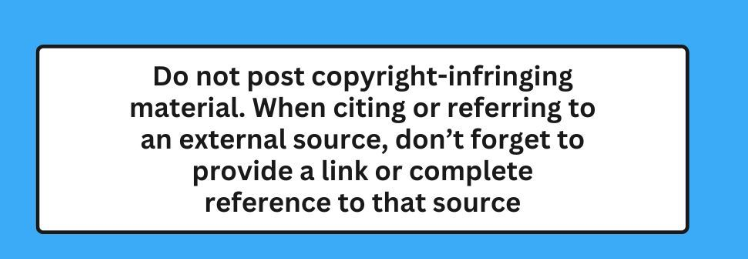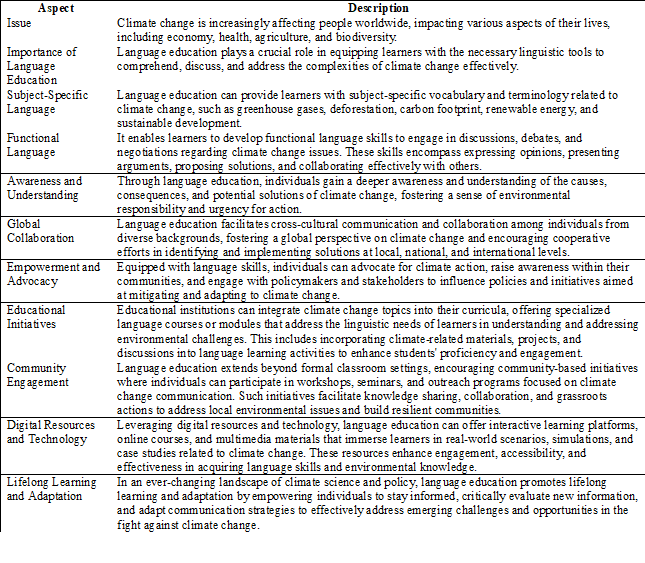@Ana_moderator
Teaching about climate change can be engaging and impactful with the right activities and resources. Here are some ideas:
Activities:
- Climate Change Debate: Divide students into groups representing different stakeholders (e.g., governments, industries, environmental organizations) and have them debate various aspects of climate change policies, such as mitigation strategies or adaptation measures.
- Carbon Footprint Calculations: Guide students through calculating their own carbon footprint using online calculators. Then, discuss ways to reduce their carbon footprint and the broader implications of individual actions on climate change.
- Role-playing Games: Create a simulation where students take on different roles in a society affected by climate change, such as farmers, policymakers, or activists. This can help them understand the complexities of decision-making in addressing climate issues.
- Case Studies: Present real-world case studies of communities or regions impacted by climate change. Have students analyze the causes, effects, and responses to these challenges, fostering critical thinking and problem-solving skills.
- Climate Change Art Project: Encourage students to express their understanding of climate change through art, whether it's painting, sculpture, poetry, or music. This can help evoke emotions and foster a deeper connection to the issue.
- Outdoor Field Trips: Take students on field trips to local ecosystems or renewable energy facilities. This hands-on experience can deepen their understanding of the environment and alternative energy solutions.
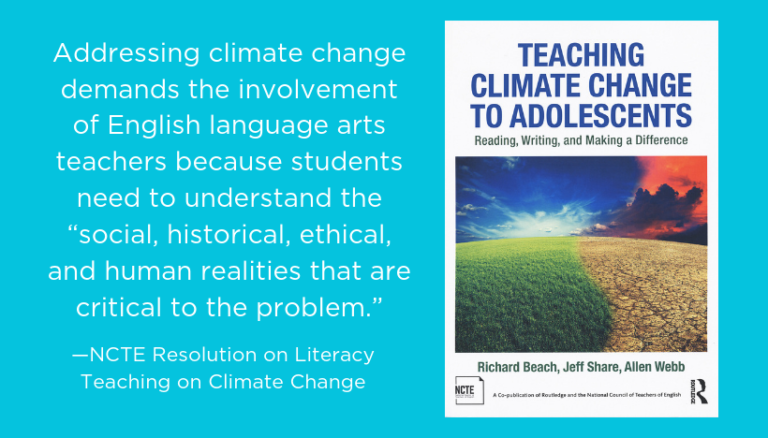
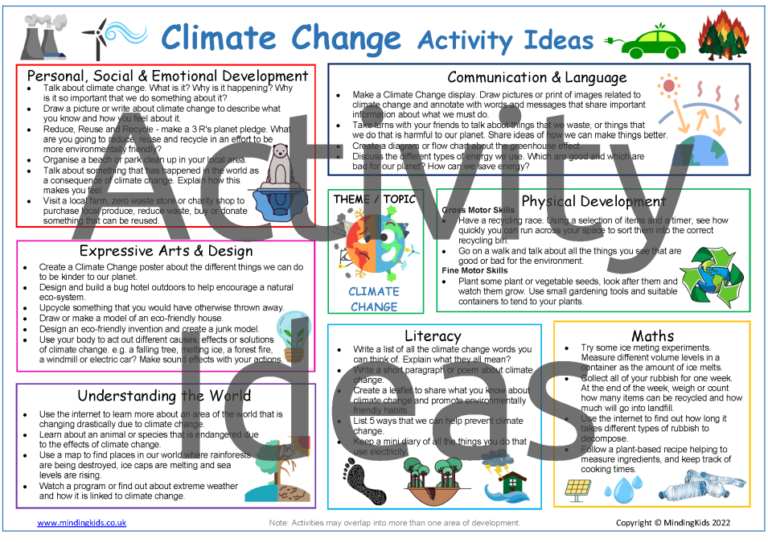
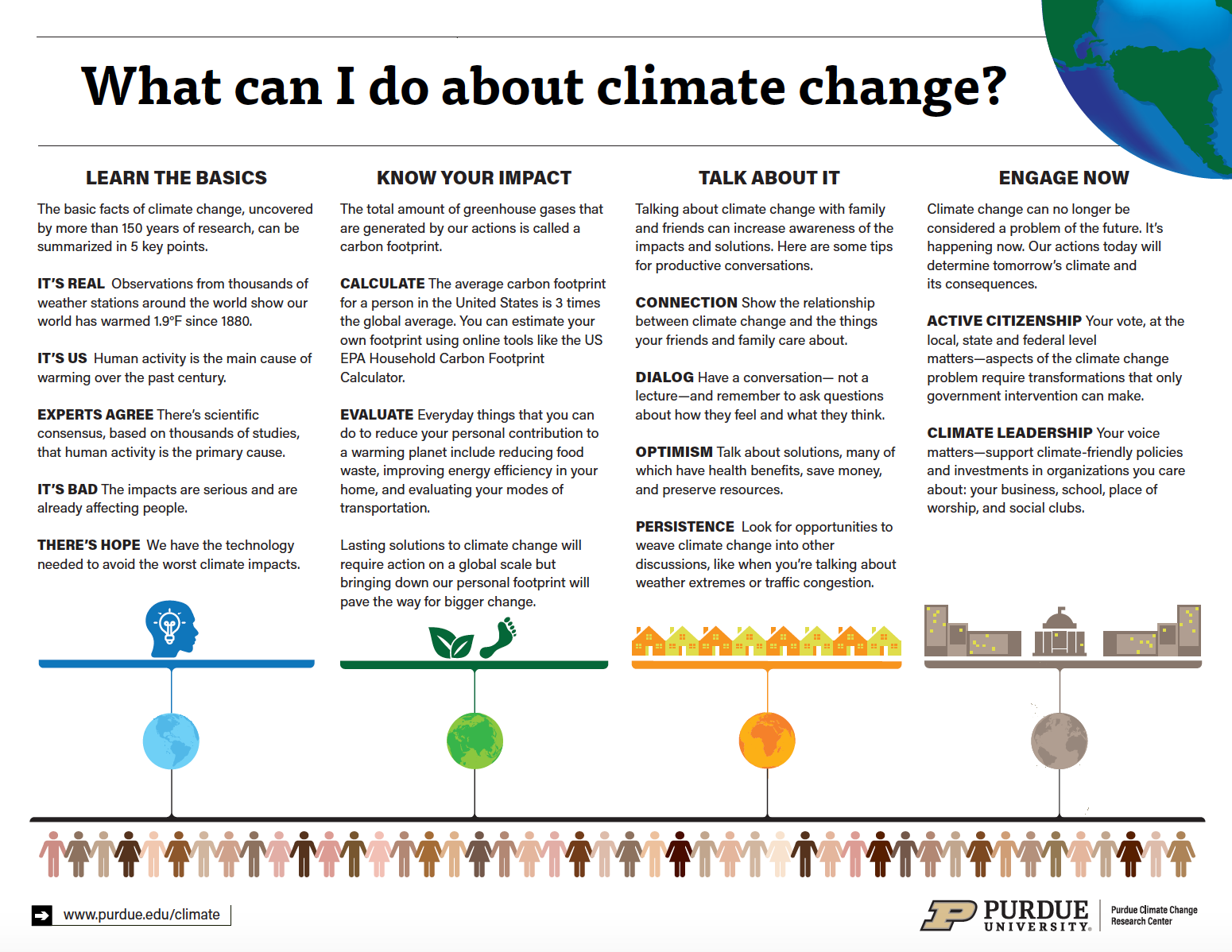

 Nice topic
Nice topic





